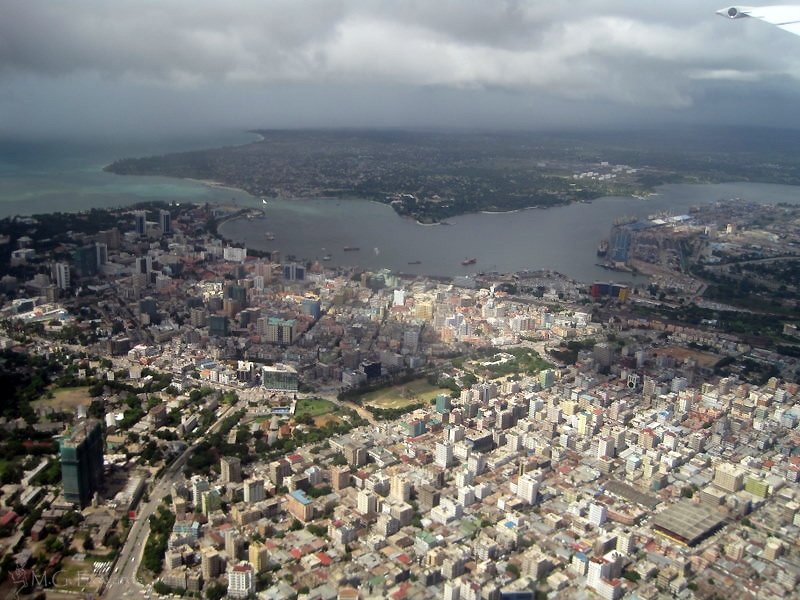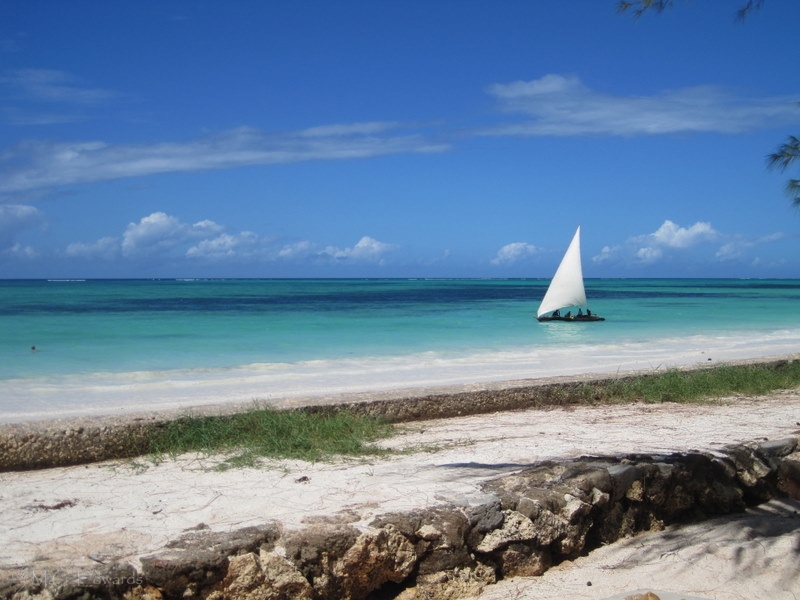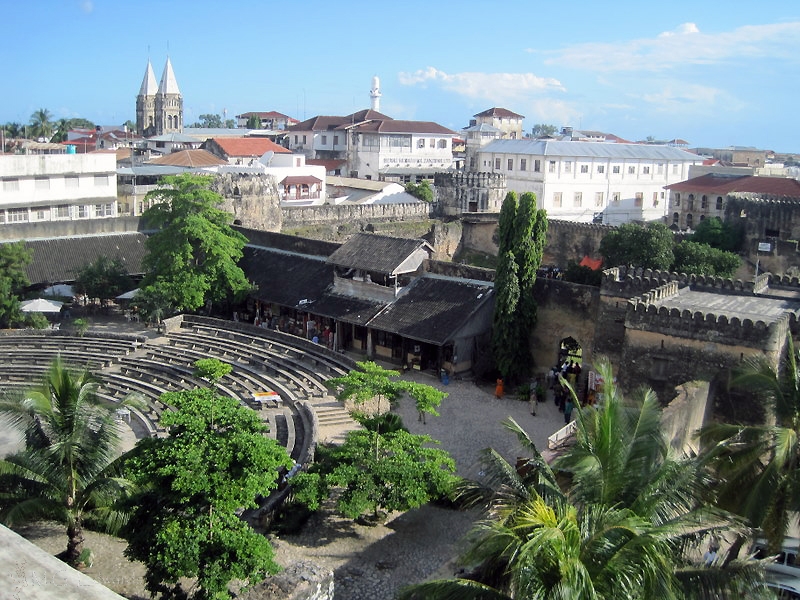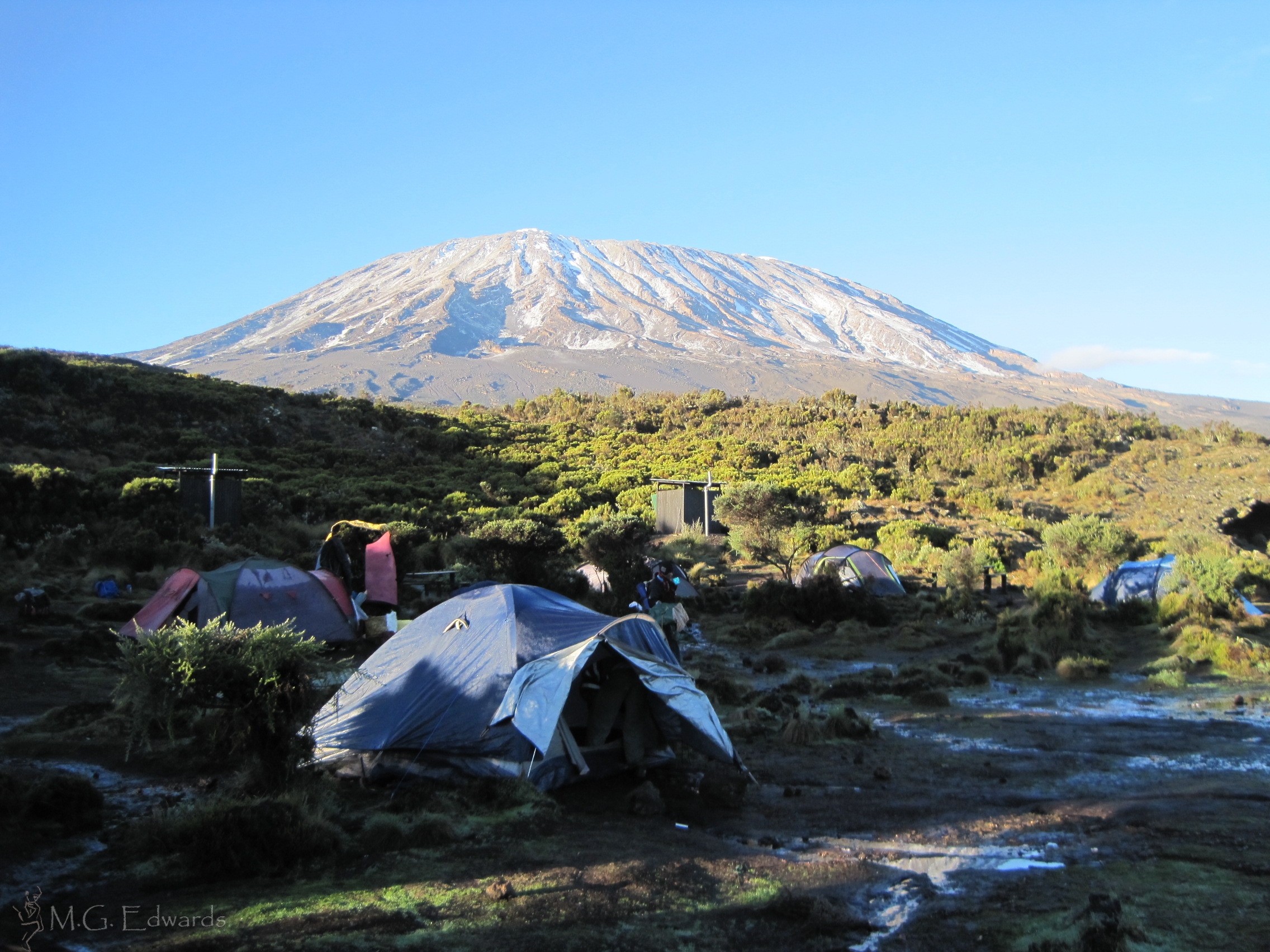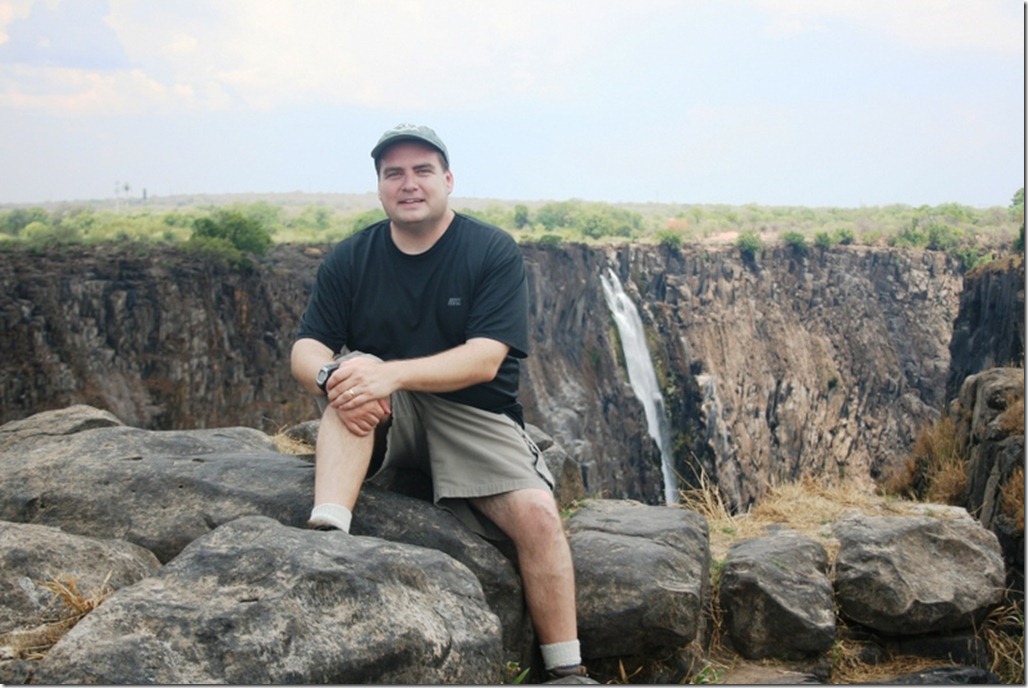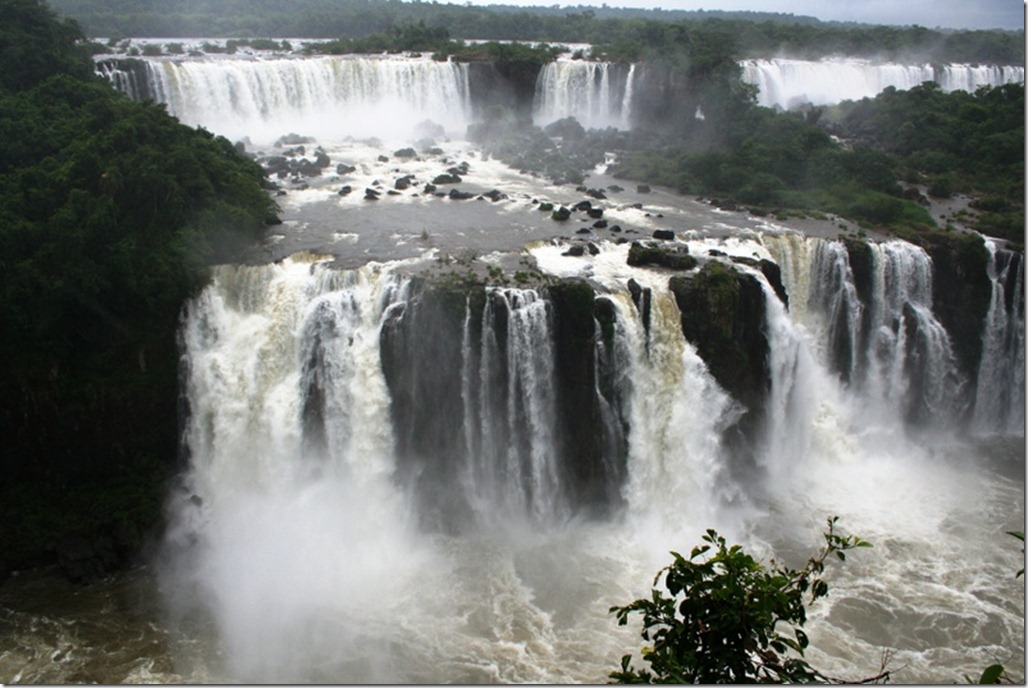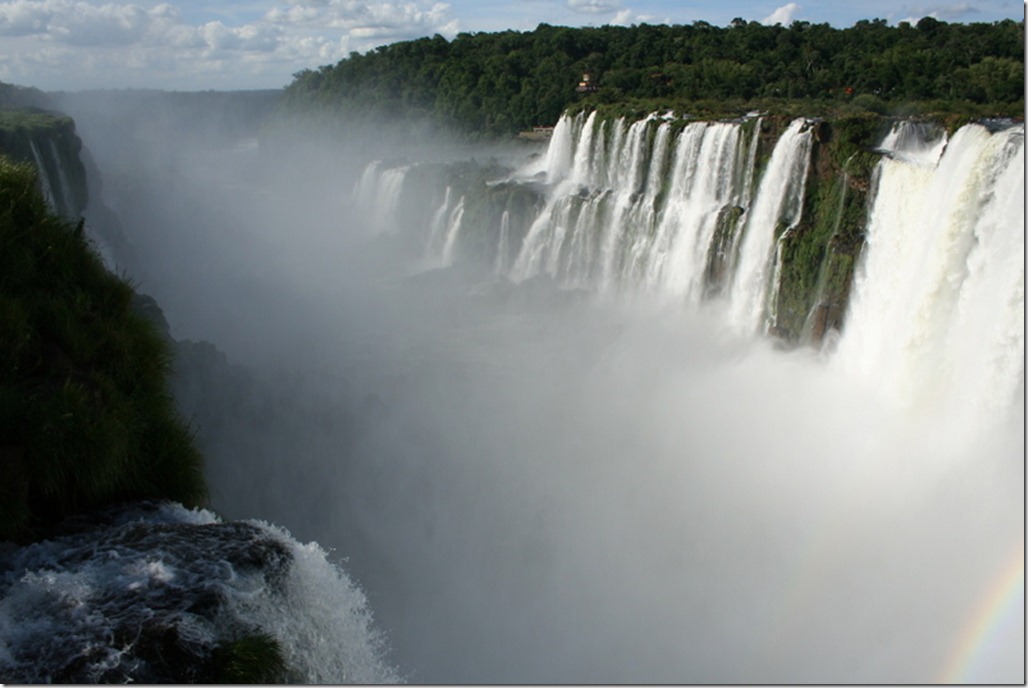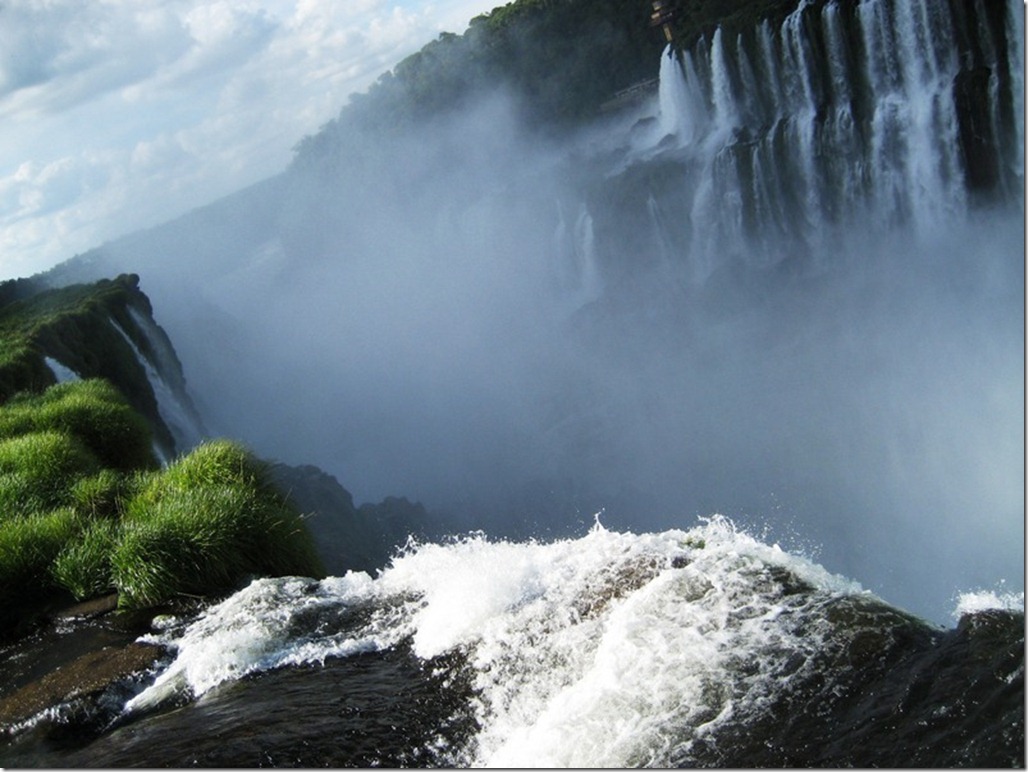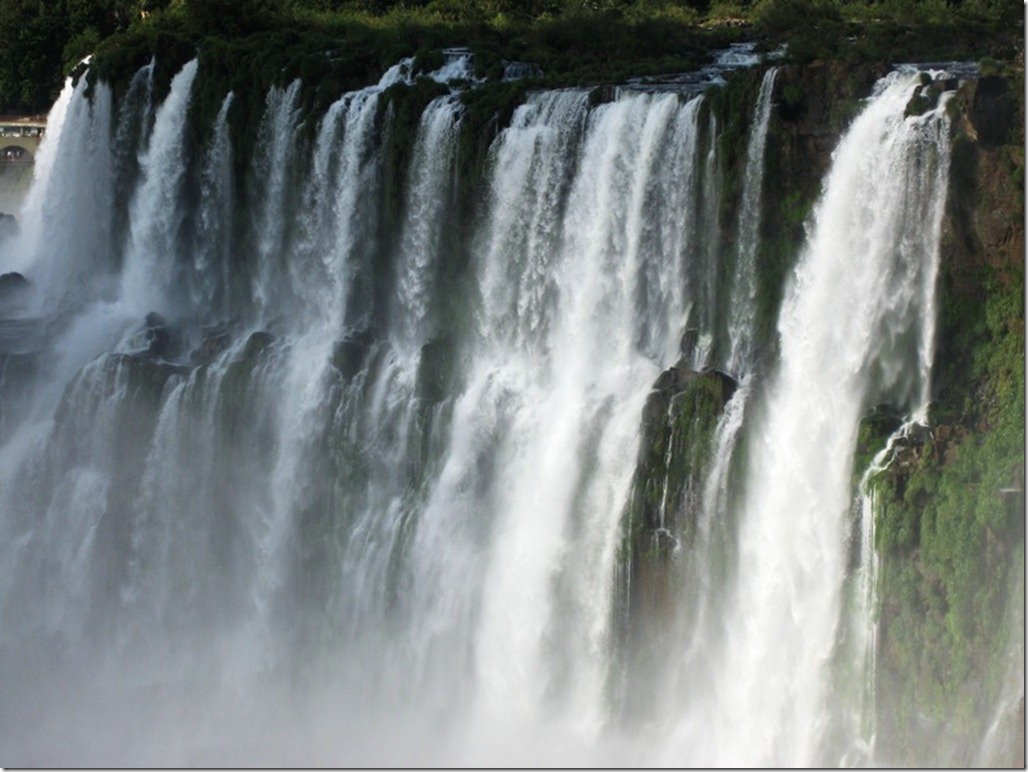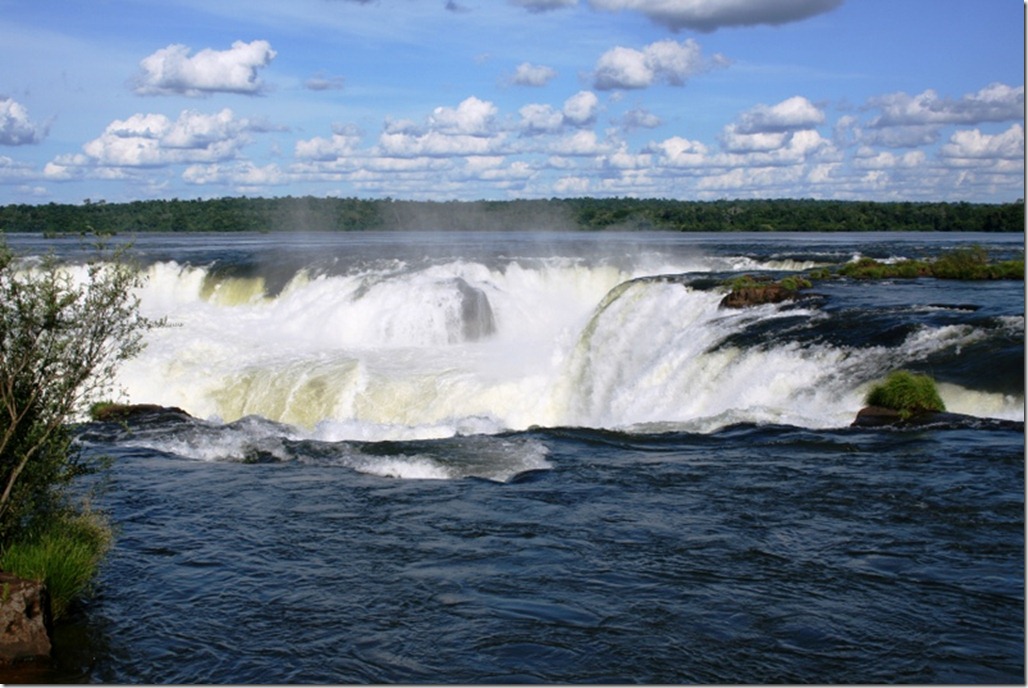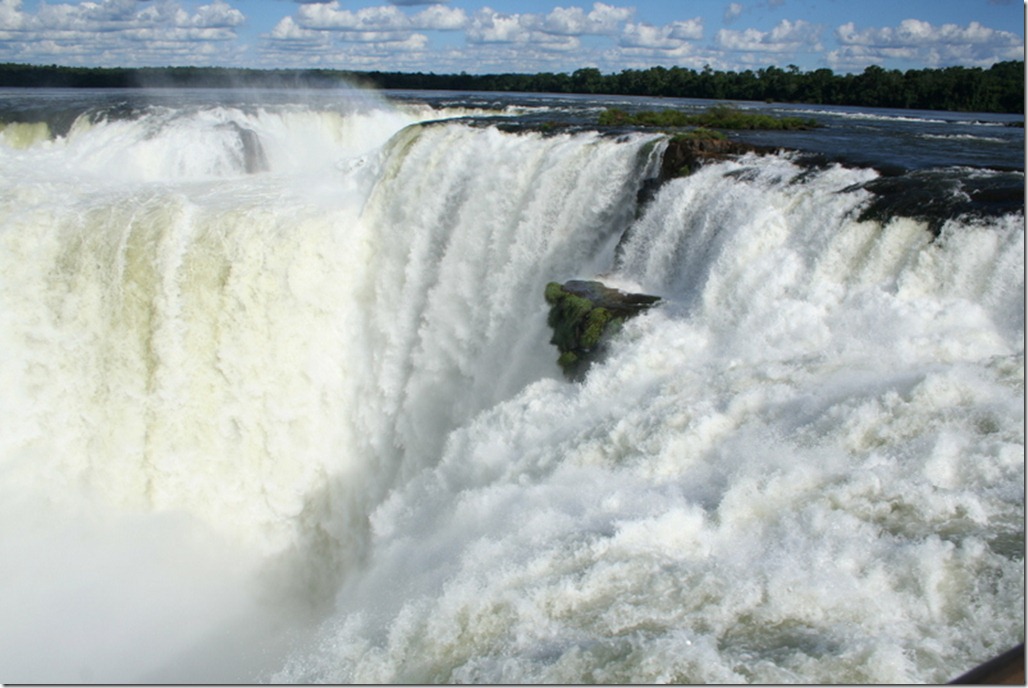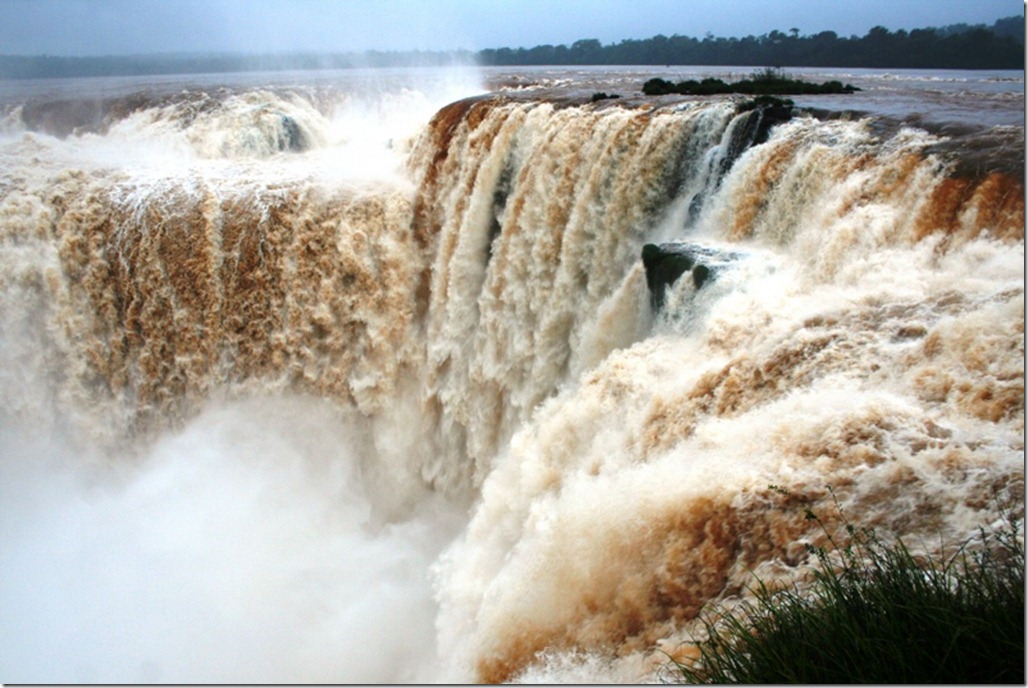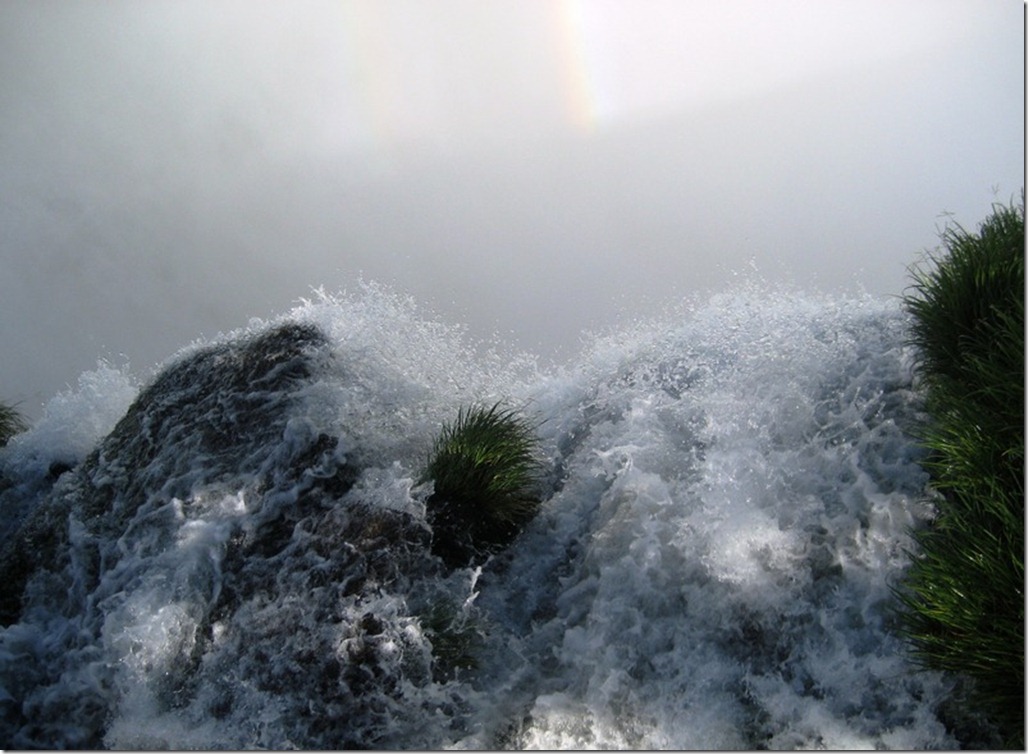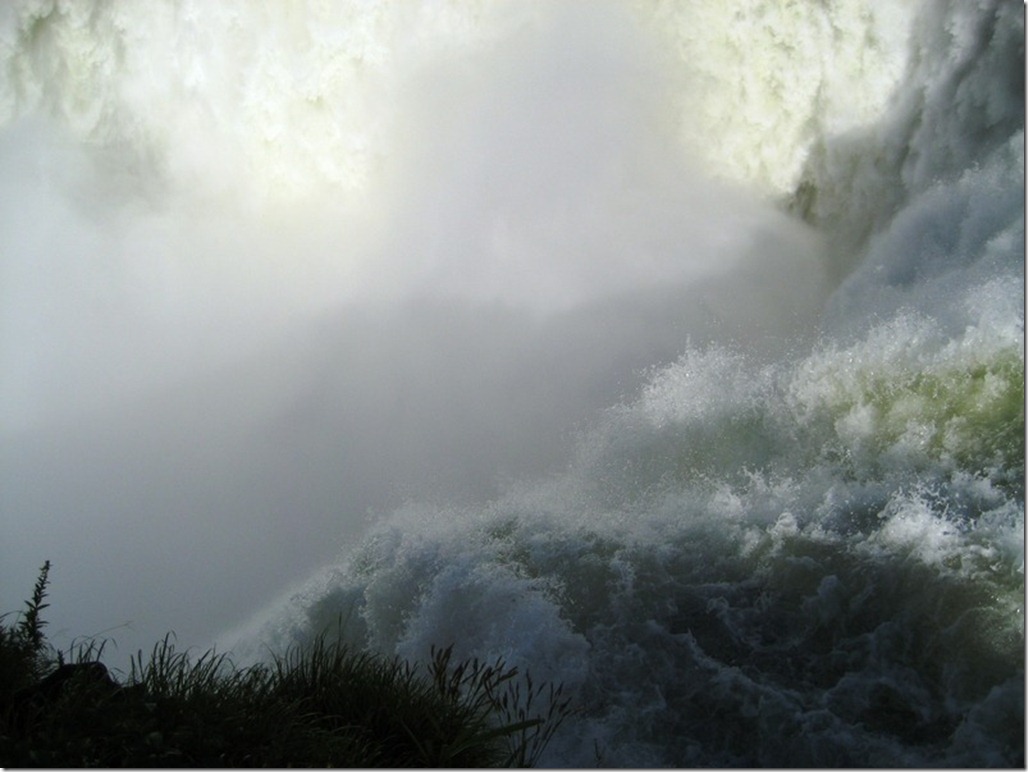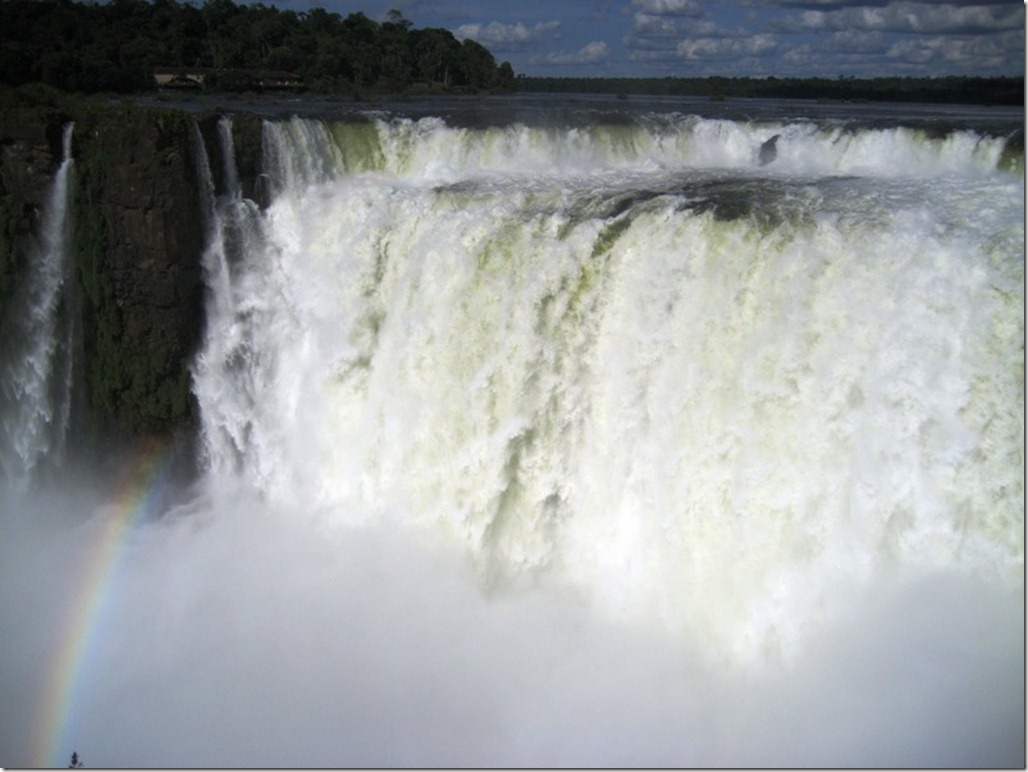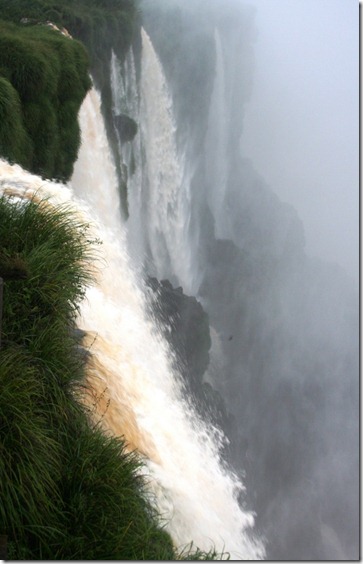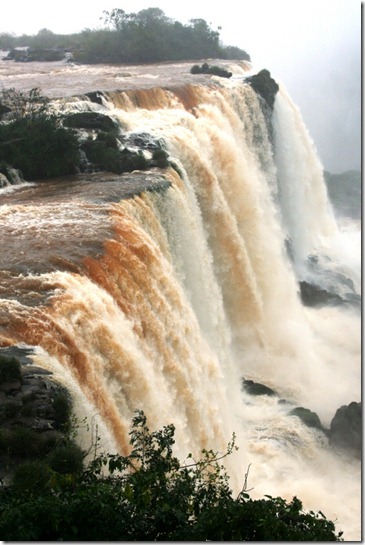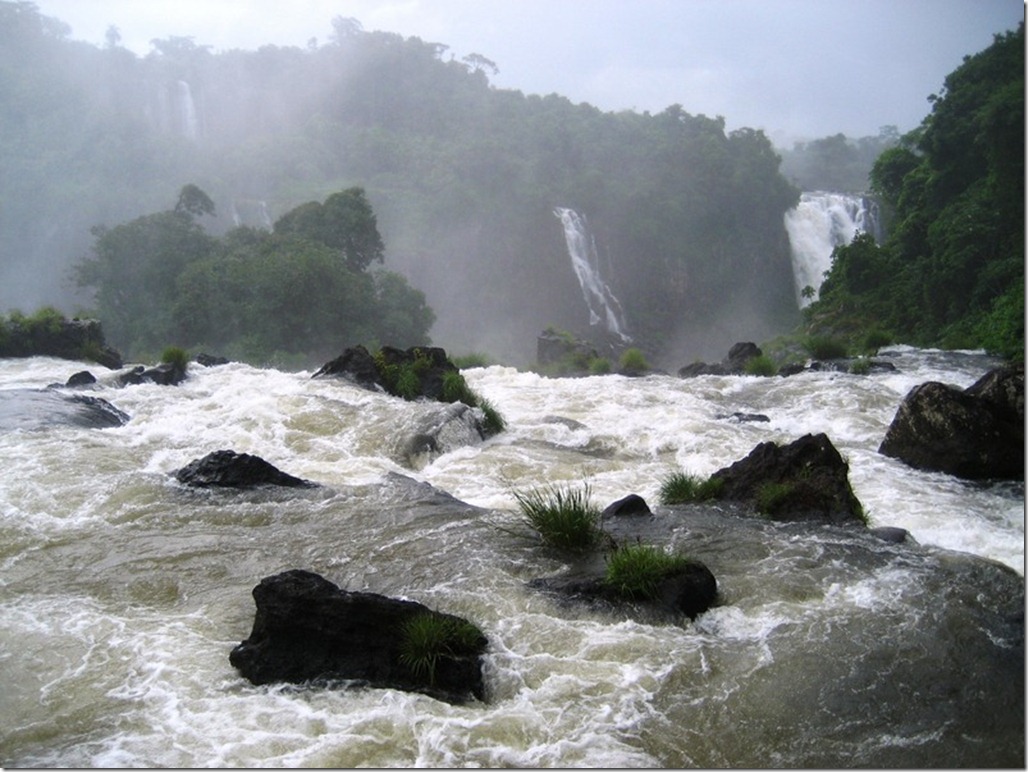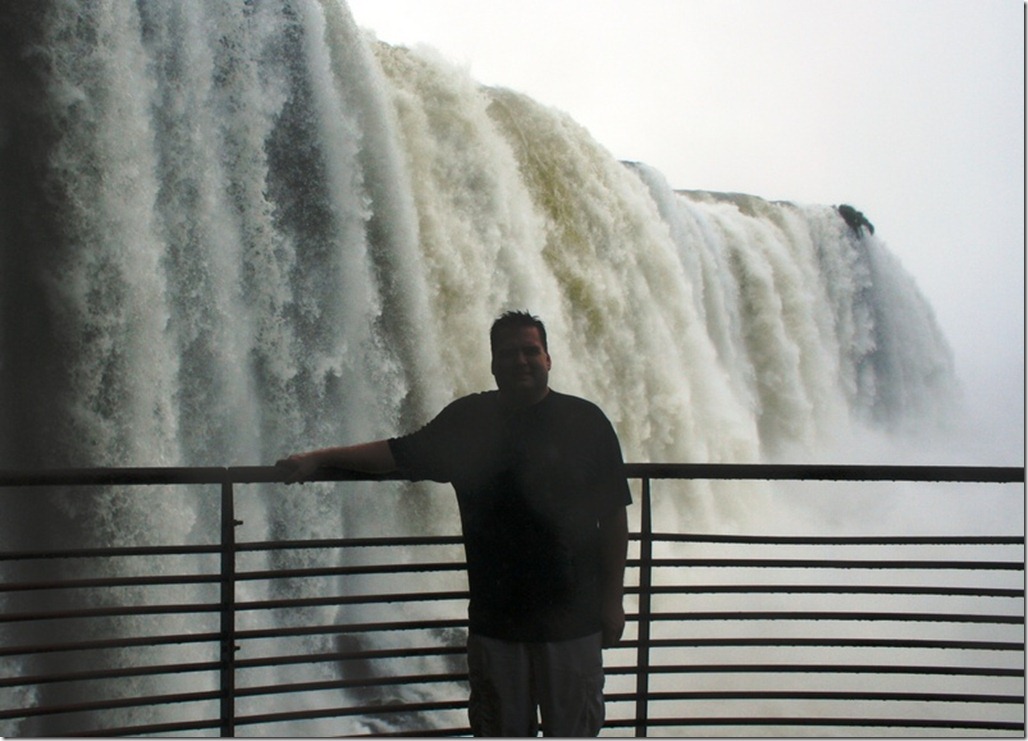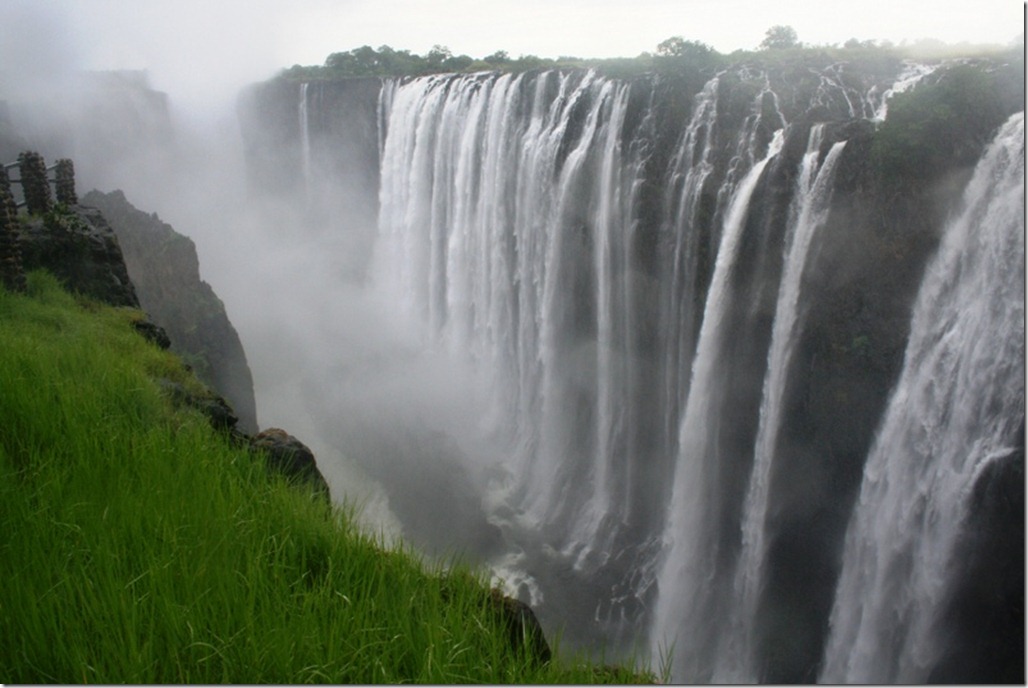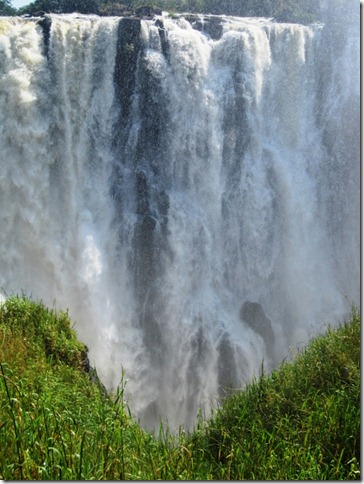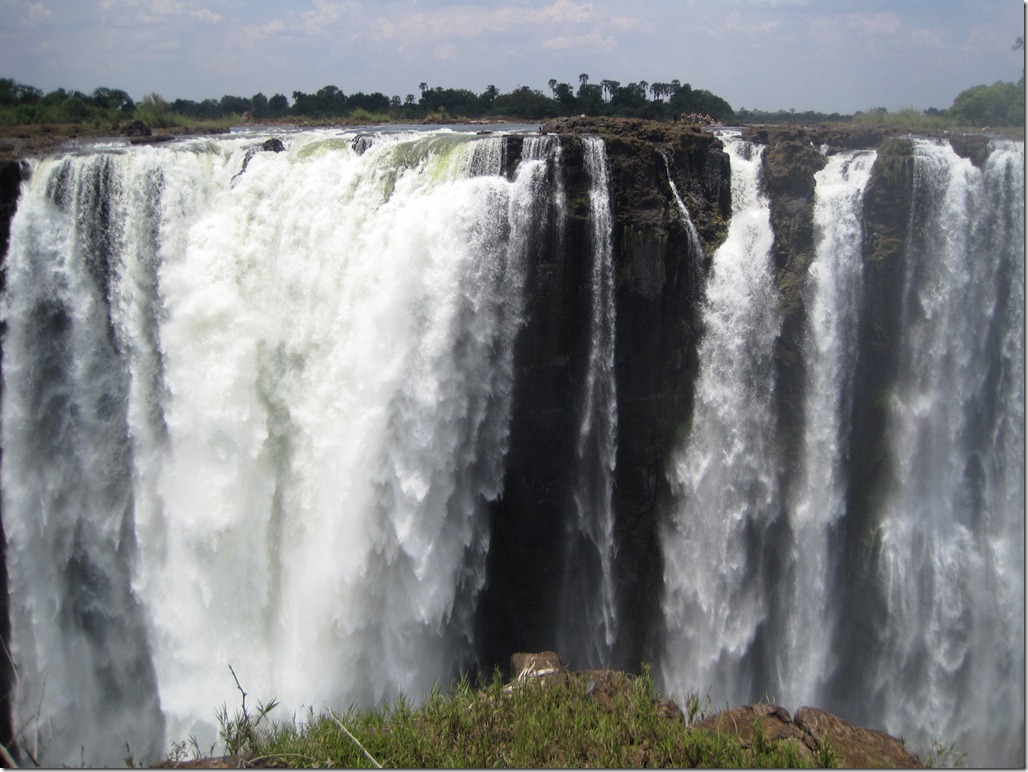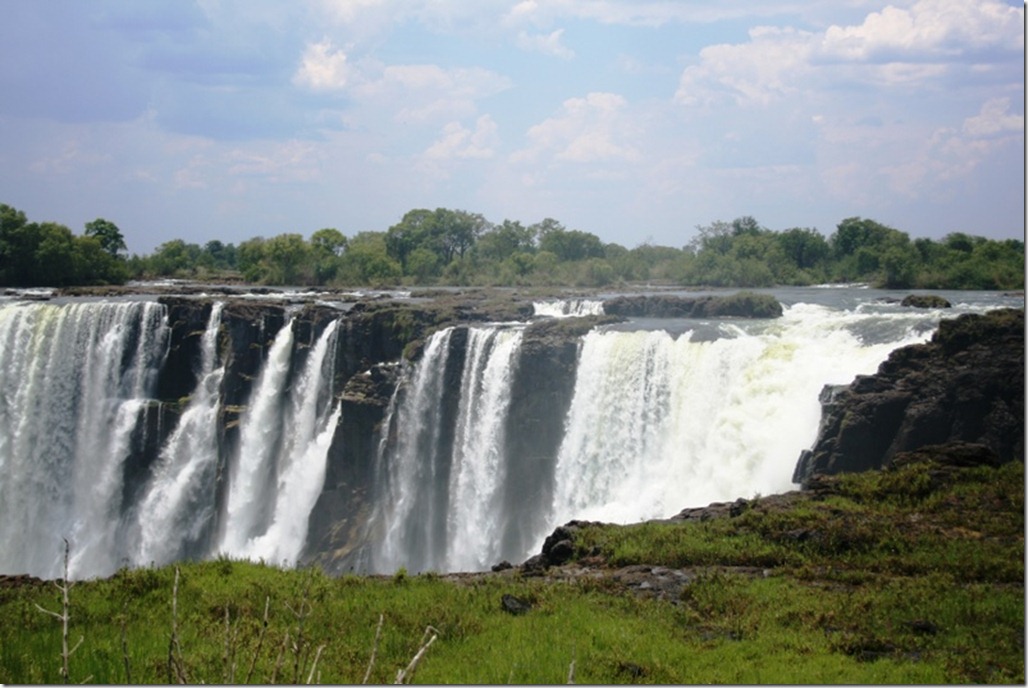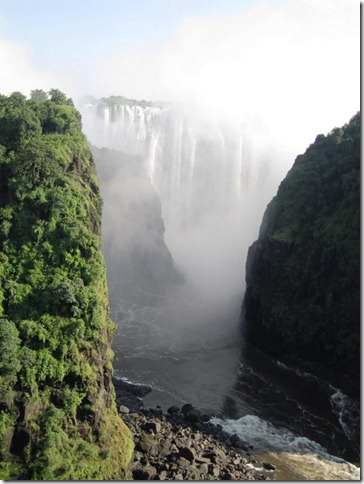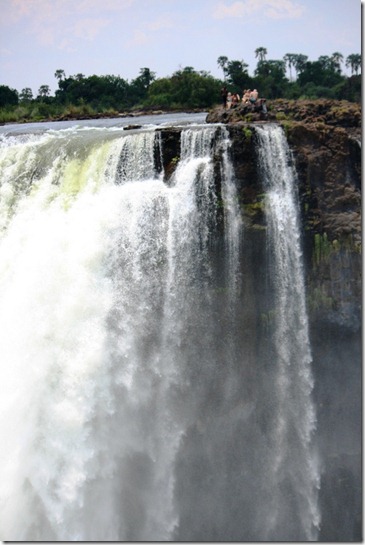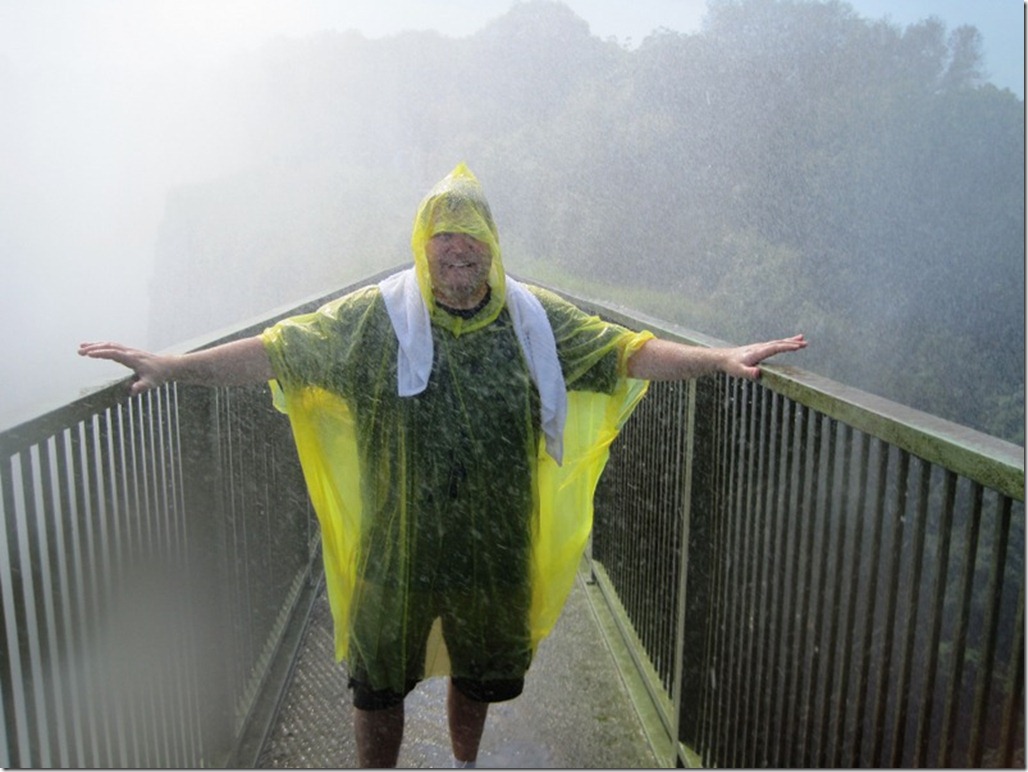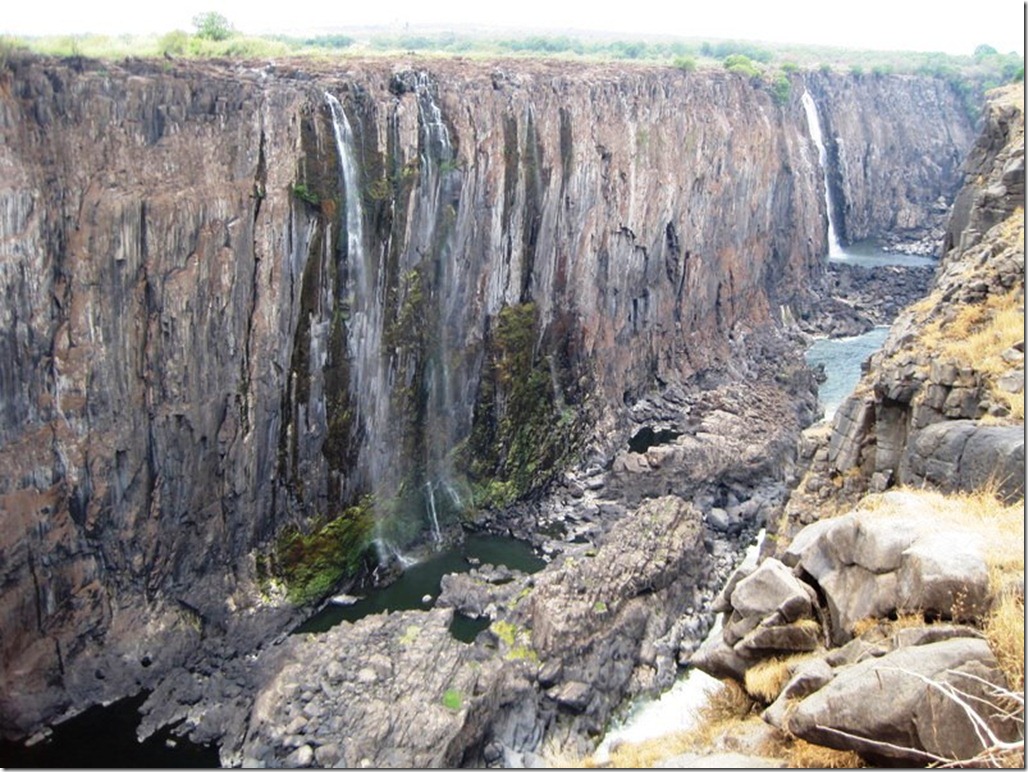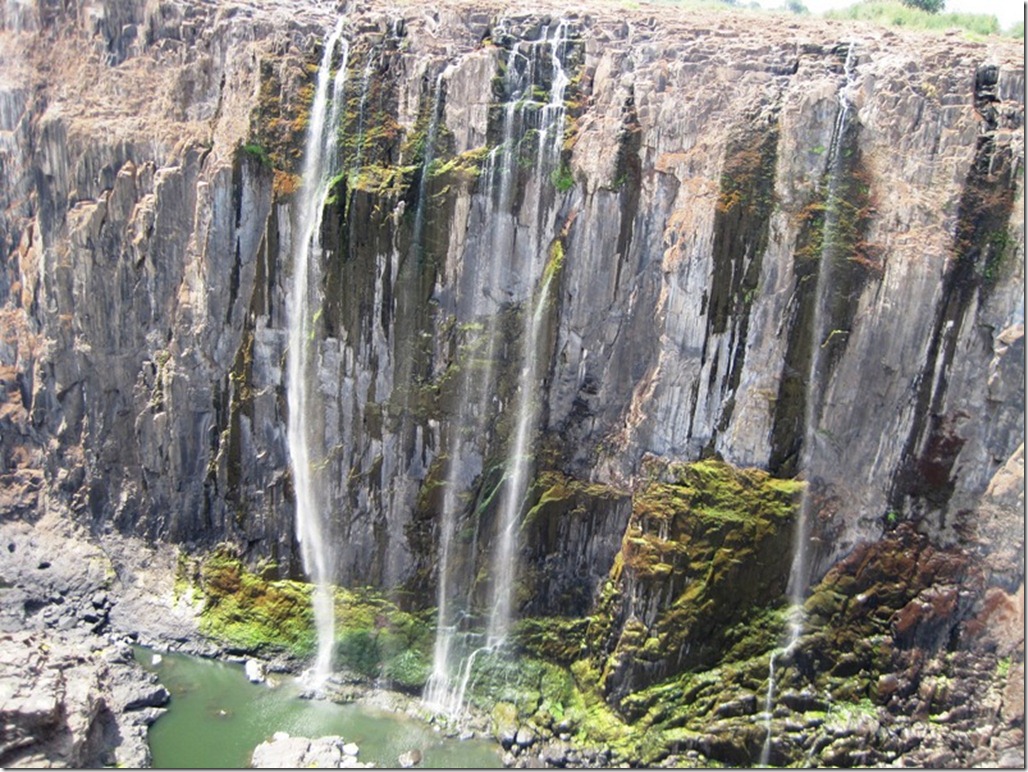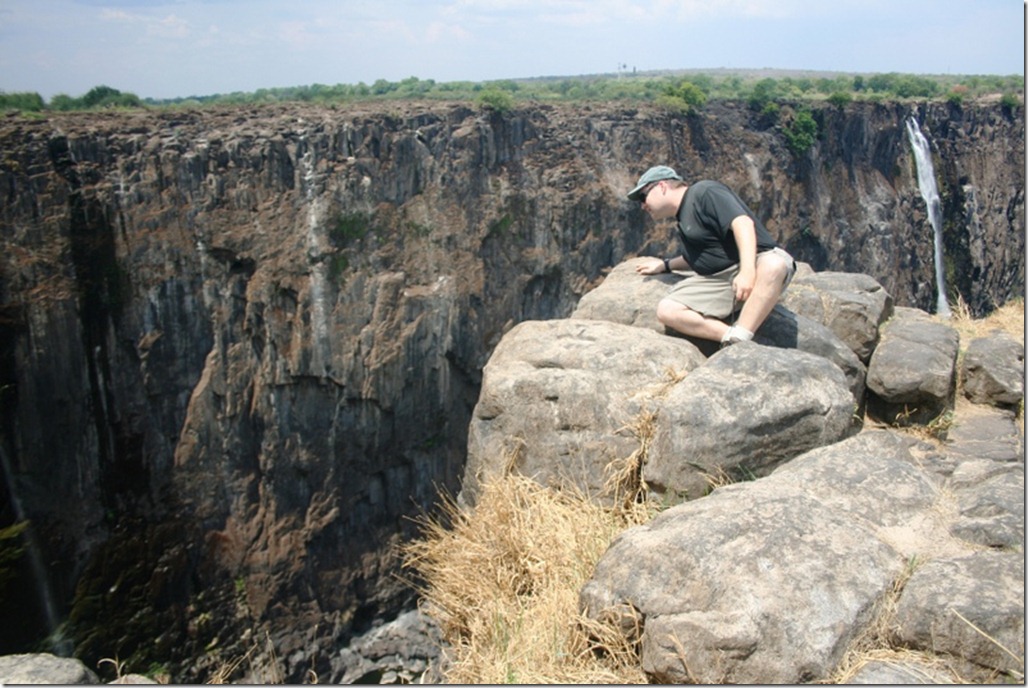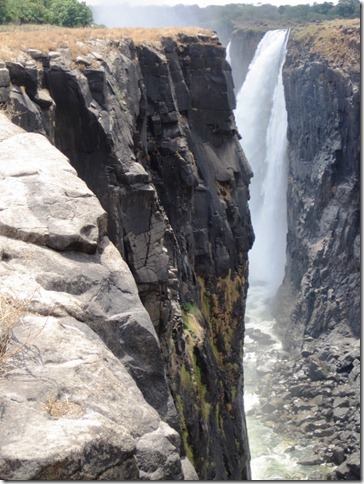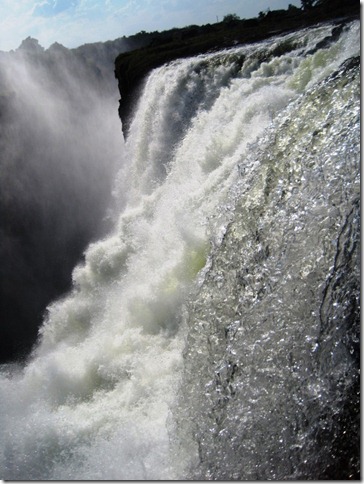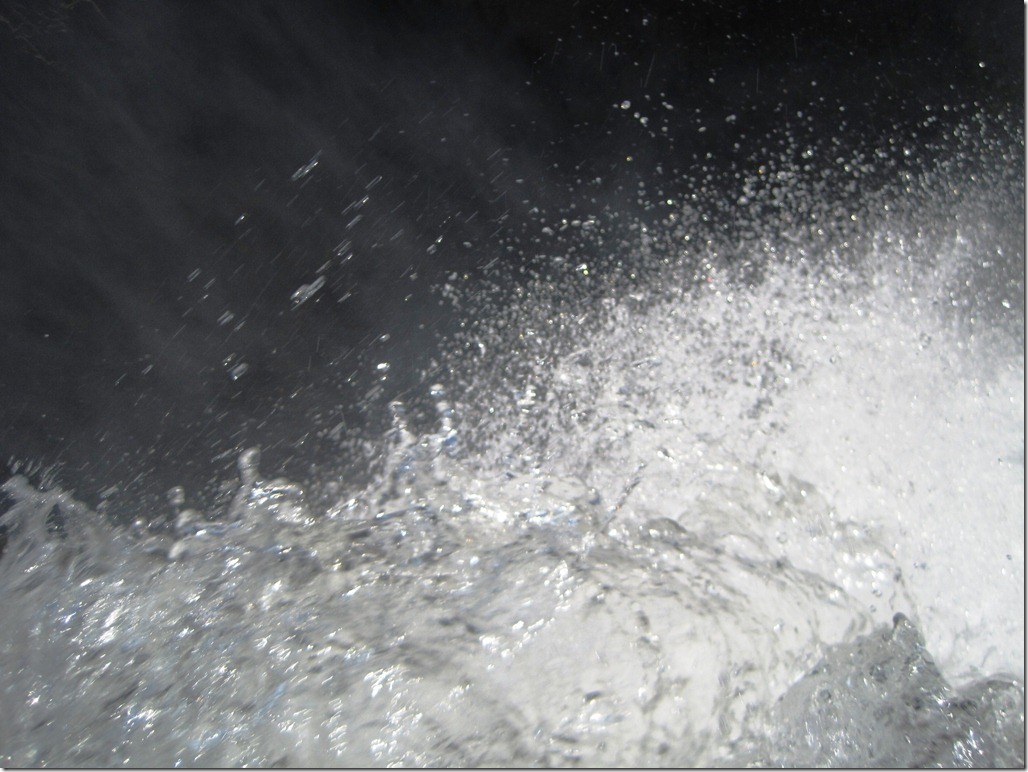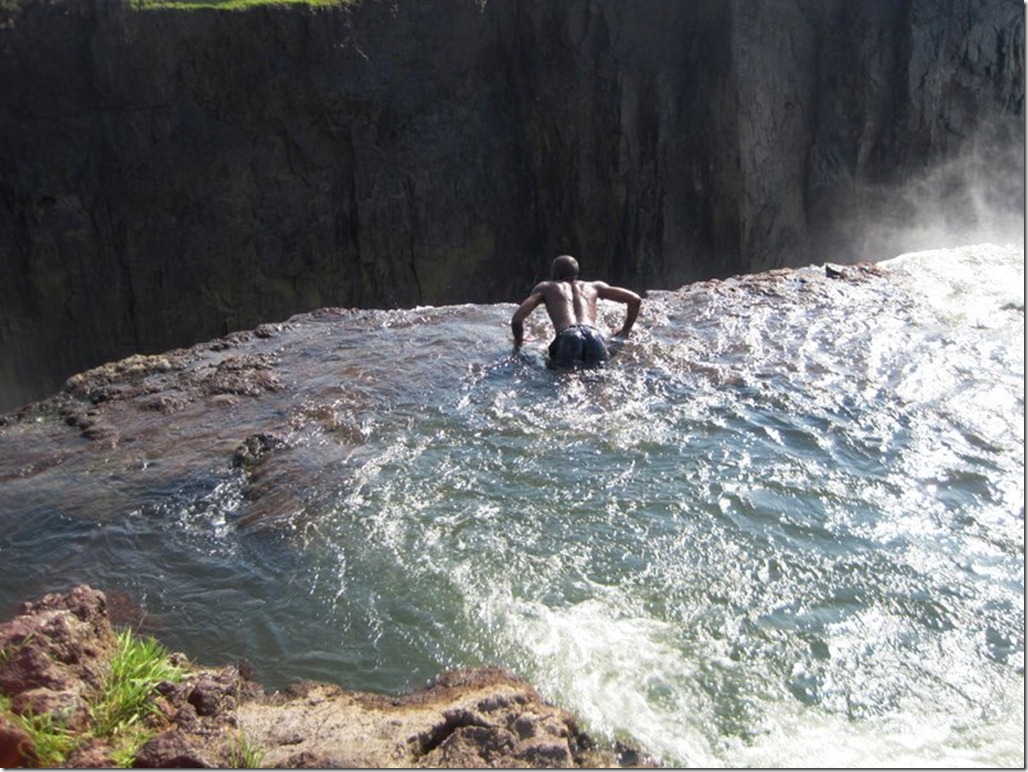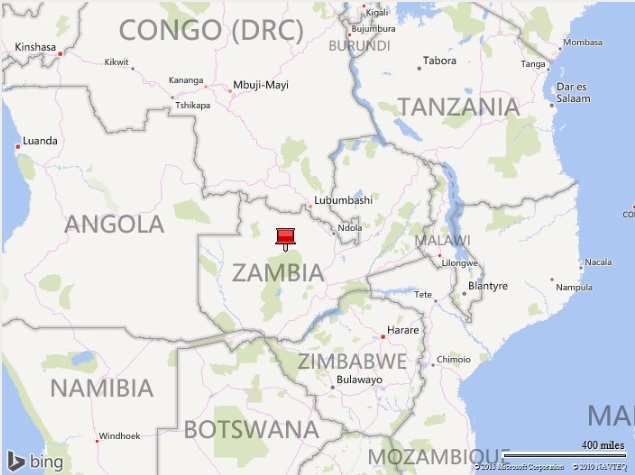Welcome to an experiment. You’ve been a spectator reading my travelogues about life overseas from Korea to Zambia, but now it’s your turn to go on your own adventure! Immerse yourself in the story and make key decisions by choosing from among several options. Your selections could make the difference between a great trip or a travel disaster! Read and make your choice, and stay tuned as your story unfolds.
If you haven’t read the story from the beginning, stop reading this post! Click here to begin your journey.
You’re all set for your trip to South Africa. You can’t wait to experience the African and western cultures, scenic beauty, and wild safaris. It’s going to be a great trip!
You arrive at the airport and check in with the airline. Presenting your valid passport and tickets, the agent reviews them, checks in your bag, and issues boarding passes and baggage claim. You accept them with a smile.

In spite of your aversion to the high-tech security measures that leaves you feeling underdressed and exposed by a full-body scanner, you pass through security without incident and make your way to the gate. The on-time flight leaves you idling and fumbling with electronic gadgets while waiting for the boarding call. At last, a warm voice announces over the intercom that it’s time to board the airplane for the long flight to a transit airport. Flying isn’t fun, but it’s not long now until you arrive in South Africa.
The journey is uneventful except for a bout of turbulence over the ocean and some movies featured as in-flight entertainment that you missed in the cinema. The mundane routine of getting up to stretch and take bathroom breaks is the only diversion you have from lounging in a seat that looks comfortable enough but feels harder the longer you sit in it. You juggle some electronic gadgets and fill out the transit country’s Immigration and Customs card long before arrival. It occurs to you that the handwritten document will probably end up in a file cabinet somewhere, forgotten.
You arrive at the transit airport and pass through security. The thought crosses your mind that they could have reconfigured it so passengers en route to another destination could have bypassed security and exited directly to the transit lounge. “What do I know?” you murmur, putting the thought out of your mind. You’re just a passenger who should leave security to the experts.
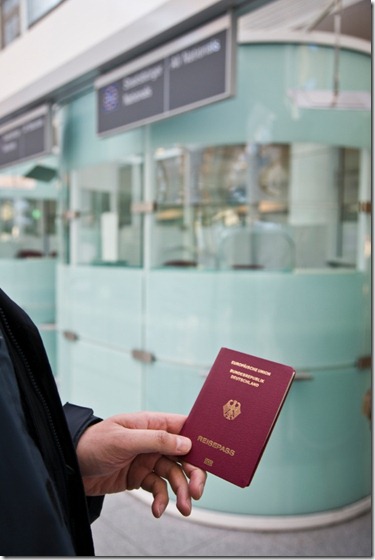
Your luggage was checked all the way through to your final stop in South Africa, but you still have to pass through immigration and customs again before heading to the connecting flight. It’s déjà vu. Take out passport, boarding pass, and laptop out, throw away liquids, and remove shoes and belt. You wonder — to yourself, of course — if it’s overkill.
As you sit at the gate waiting for your flight, an announcement over the loudspeaker tells passengers that the flight to Johannesburg (Joburg), South Africa has been delayed. Curious, you ask an attendant why when the plane is waiting in the gate. They respond that the aircraft’s battery is dead. “Great,” you chuckled, none too happy. It’s too bad you left the jump cables at home.
Two hours later, you’re on board the aircraft with a fresh battery and on your way. Fortunately, you have enough time in Joburg to make the short-hop connecting flight to Cape Town. Except for updrafts over the Sahara Desert that buffet the plane and trigger a five-minute explanation from the captain, the flight to South Africa is more uneventful than the previous one. You try to will yourself to sleep during the long flight but can’t do it. Somewhere over Africa, you give up and start watching your favorite movie another time.
Excitement returns when the captain announces the descent into Joburg. You look out the window, see the city sprawling on the horizon, and snap a few digital photos smudged by streaks on the double-paned cabin windows. Your seatmates keep to themselves; one is still dozing and the other engrossed in a pulp novel. No one to share your joy of your arrival in Africa leaves you subdued.
The plane lands, rolls to a halt on the tarmac, and disgorges passengers at a shuttle to Immigration and Customs. As you step off the bus, you read a large sign that announces in bold letters:
Due to a Recent Outbreak of Yellow Fever,
Everyone Who Enters Must Show Proof of Yellow Fever Vaccination
at Port of Entry.
You read the sign and gasp. Studying it again, you shake you head. You didn’t get your yellow fever shot at home and don’t have a yellow shot card! An International Certificate of Vaccination would have provided the proof you need, but you passed on it.
You enter the airport terminal and head to Immigration, hoping that the officer will excuse your ignorance and let you into the country. The counter looms. Stepping up after a brief wait in line, you quietly hand your passport and immigration form to the officer. They scan the documents without a word. Finally, they ask, “Do you have proof of yellow fever vaccination?”
Your heart sinks. Fumbling with your travel documents, as if jostling them will make the yellow shot card magically appear, you respond meekly, “No, no I don’t.”
“I’m sorry, but you can’t enter South Africa without showing proof of vaccination. You’ll have to go to Quarantine to speak to someone about taking care of it. Have a nice day,” the officer says, handing back your documents and motioning for you to enter a room to the right. A nearby guard watches you.
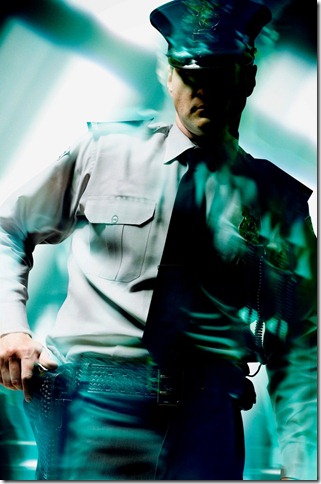
You’ve been quarantined! You have no other choice but to go to Immigration Secondary and arrange to get your yellow fever shot. You’re going to miss your connecting flight to Cape Town and could be sequestered for a couple of days. What a disastrous start to what could have been a great trip!
THE END
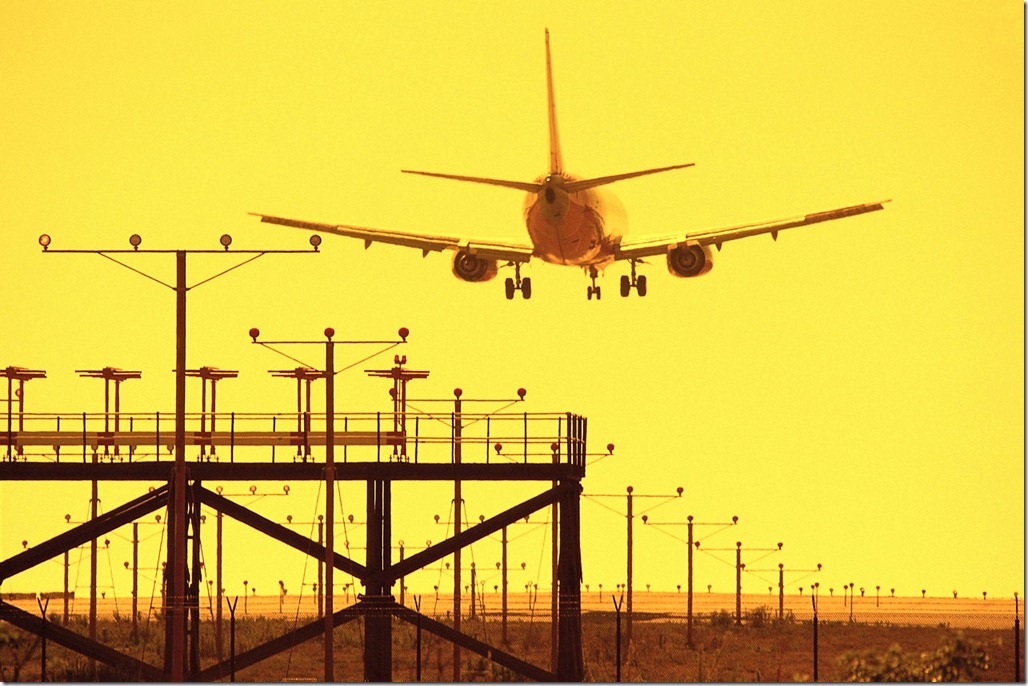
Images courtesy of Microsoft.
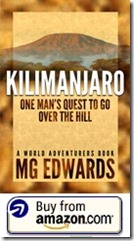 M.G. Edwards is a writer of books and stories in the mystery, thriller and science fiction-fantasy genres. He also writes travel adventures. He is author of Kilimanjaro: One Man’s Quest to Go Over the Hill, a non-fiction account of his attempt to summit Mount Kilimanjaro, Africa’s highest mountain, a collection of short stories calledReal Dreams: Thirty Years of Short Storiesand Alexander the Salamander, a children’s story set in the Amazon. His books are available to purchase as an e-book and in print from Amazon.com and other booksellers. He lives in Bangkok, Thailand with his wife Jing and son Alex.
M.G. Edwards is a writer of books and stories in the mystery, thriller and science fiction-fantasy genres. He also writes travel adventures. He is author of Kilimanjaro: One Man’s Quest to Go Over the Hill, a non-fiction account of his attempt to summit Mount Kilimanjaro, Africa’s highest mountain, a collection of short stories calledReal Dreams: Thirty Years of Short Storiesand Alexander the Salamander, a children’s story set in the Amazon. His books are available to purchase as an e-book and in print from Amazon.com and other booksellers. He lives in Bangkok, Thailand with his wife Jing and son Alex.
For more books or stories by M.G. Edwards, visit his web site at www.mgedwards.com or his blog, World Adventurers. Contact him at me@mgedwards.com, on Facebook, on Google+, or @m_g_edwards on Twitter.
© 2012 Brilliance Press. All rights reserved. All characters and events appearing in this work are fictitious. Any resemblance to real persons or events is purely coincidental. No part of this work may be reproduced or transmitted without the written consent of the author.
